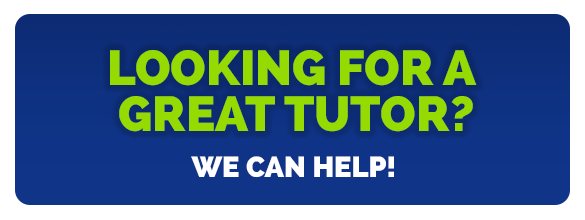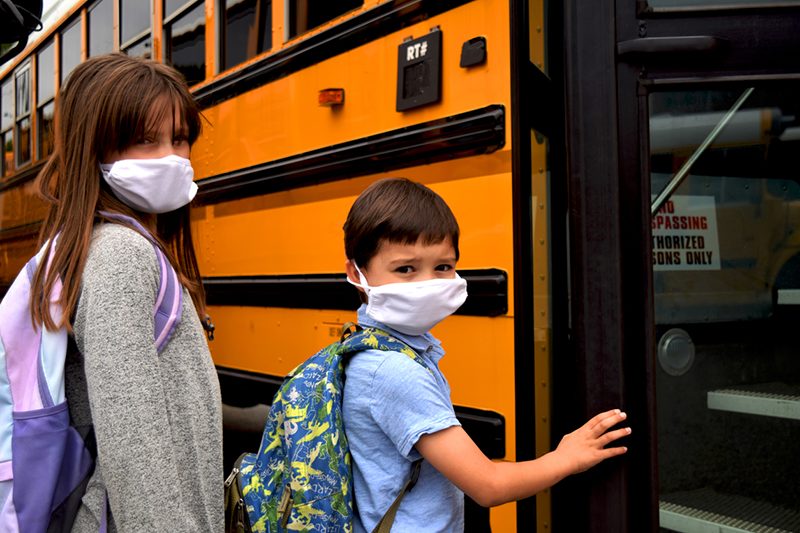
by TutorUp | Aug 4, 2021 | Parents and Family Life
Just when you thought you and your family could return to “normal” for the new school year starting this month, the Delta variant of the COVID-19 virus has become a major disruptor. This will be the THIRD school year that is affected by the pandemic in one way or another.
While most school districts across the country are still planning to start back to school with in-person classes, teacher’s union leaders in many states are backing away from that commitment and are talking about returning to remote learning in light of increasing numbers of positive cases, especially among children. Children under the age of 12 are still not cleared to receive the vaccination, and the spike in cases is worrisome. While it’s not likely that in-person school plans will get scrapped, as COVID-19 cases rise, some parents are having second thoughts about in-person learning and there is increased interest in virtual school options and homeschooling.
The CDC encourages all K-12 staff and students to wear masks inside school buildings, regardless of vaccination status, however enforcement of this recommendation is decided on a district by district basis. Some states are mandating mask-wearing indoors while other states are banning such mandates, leaving the option to the individual. While many are reluctant to mandate a return to mask-wearing in school, the controversy over the issue is becoming more heated.
The White House has weighed in and released a Fact Sheet about Reopening Schools and Rebuilding with Equity. They claim that “almost 90 percent of educators and school staff are now vaccinated” and they are calling on school districts and pharmacies in the federal pharmacy program to prioritize vaccinations for students age 12 and older. They are also providing federal money to support COVID-19 testing in schools. It will be months, though, before the FDA might approve the vaccine for children under 12.
It’s a rapidly changing situation, and is likely to continue to cause some confusion about what to do. As parents struggle with the conflicting news reports and recommendations, they are also weighing the risk factors of returning to in-person school against the known benefits.
How Learning Loss Figures In to the Situation
We know that many students have fallen behind academically and will almost certainly have anxiety about that and how they’re going to get caught up. The Washington Policy Center reports that a new study from McKinsey and Co “shows students are four to six months behind in reading and math.” The report further states that “unless students can recover these losses, the impact on their lives could be permanent.” High school dropout rates are up, and enrollment in public schools has dropped.
One of the driving motivations to return to in-person learning is the academic loss students have suffered as a result of inconsistent and often inadequate remote learning options. Added to that is the tremendous loss suffered due to the lack of socialization and the lack of extracurricular programs and sports activities. There’s just no question that students learn better in school, and it is critical to their emotional and psychological well-being to be able to return to normal school programs.
But what’s it going to be like for them to return to school after the last year and a half of upheaval?
With many thousands of school districts in the US, and a variety of local and state rules that govern them, students across the country will have vastly different “back to school” experiences. For the many students who are going to struggle to get back to “normal” and recover from the learning loss, they’re going to need some extra help, support, and patience.
How Tutoring Can Help
More than ever, teachers are going to be overwhelmed with the new school year starting. Not only do they have to cope with the regular “summer slide” and the effort to get kids acclimated to sitting in a classroom again, but they also have a whole host of new responsibilities related to the pandemic and health and safety issues.
Added to that, they will have students at greatly varied levels of competence in every subject. Some students did well with remote learning and stayed pretty current with their grade level. Many, many students did not do as well and have a lot of remedial ground to make up.
Given that teachers will have 20-30 students or more, it will be difficult to provide any kind of one-on-one attention to students who really need it.
Personalized, one-on-one tutoring can make the difference for many students. It is a safe environment for a student to ask questions and get individualized help without being embarrassed in front of classmates. A tutor who works with one student at a time can provide undivided attention and get more accomplished in one tutoring session than in a week’s worth of classes with a roomful of students.
Would Your Child Benefit from One-on-One Tutoring Help?
TutorUp tutors are all certified, experienced, background-checked classroom teachers. They know how to teach. And all of our sessions are one-on-one, personalized for your child’s specific needs. We currently offer all online tutoring sessions, so there is no concern about contagion or social distancing. Talk to a matching specialist today to help you connect with the right tutor. We’ll help your child excel.
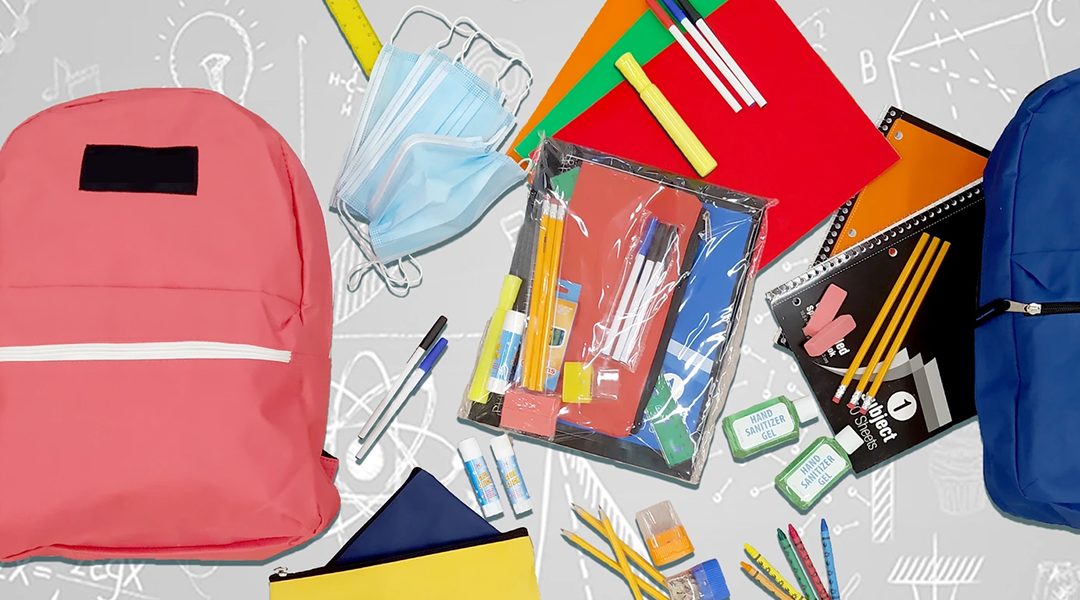
by TutorUp | Jul 31, 2020 | Homeschooling, In-Person Tutoring, Online Tutoring, Parents and Family Life
Walk through the aisles of Back to School supplies in your local stores and you’ll notice a few new items on the shelves. Face masks, hand sanitizers, antiseptic wipes and other virus-related items have joined backpacks, folders, pens and pencils as essential school supplies, thanks to the presence of COVID-19.
In most states, the decision about whether or not to return to in-person school is being made at the school district level, and there are still districts that haven’t decided on how they will start the new school year. In other states, the governor is deciding. Whatever the situation in your school district, there is sure to be controversy.
To Return or Not Return, That is the Question
Pediatricians and the CDC have advocated for returning our children to school as usual, citing the extremely low incidence of the COVID-19 virus among those under 18 years old. There is also significant concern about the effects on children of being isolated and missing social contact. On top of that are concerns that students have fallen behind academically, and online classrooms have been a poor substitute for being present in school.
Many parents are working, some from home and some outside of the home, and having the kids home every day has been a hardship. Arranging for supervision and trying to manage their children’s online schoolwork has been difficult to do, so many parents are looking forward to having their kids back in school.
But returning to school in person has millions of people worried about the risks. Parents are understandably concerned about the health and safety of their children, and teachers are worried about exposure to the virus themselves, and the possibility that they could carry the virus home to their own families.
Innovation and Creativity Offer Solutions
In light of the uncertainty, parents are stepping up to the challenge and are creating their own solutions. This fall “school” will look very different for many families. Here are 5 options parents are choosing for their children.
Homeschooling
Across the U.S., there has been a surge in interest from families who are seriously considering homeschooling. Many parents discovered last semester that they were more capable than they gave themselves credit for. Schools were scrambling to provide some type of academic activity, and many parents ended up being de facto teachers. And decided they liked it. So rather than depend on the school district to make a decision for the good of their family, parents are going to take on the challenge themselves.
Private School
Private schools are reporting an increase in inquiries from parents looking for options. Private schools, on average, have smaller class sizes and are not governed by the same restrictions as public schools. Many parents need their children to be in school so they can work, and they feel a private school may be better able to implement safety measures for their children.
Pods – In Person “Micro Schools”
Chatter on social media and online parent groups is showing an increasing interest in forming small private groups of students called pods. A couple of families get together and pool their resources, creating a classroom environment in one of their homes. Some pods are all family members, some are neighbors, and they are either sharing homeschooling duties for the group or they are pooling resources and hiring a tutor or teacher to come to their in-home classroom and work with the small group. It’s a modern take on the old one-room schoolhouse concept.
Mini Pods – Online
Very similar to the in-person pods or micro schools, this is a variation that allows for the teacher or tutor to conduct classes in a virtual environment. There are a lot of different conferencing or online schooling platforms that can handle live sessions with a teacher and several students at once.
Regular School Plus Tutoring
For many parents, these options may not work, and they are going to go with whatever their local schools plan to do while supplementing their child’s education with some regularly scheduled private tutoring. Many children lost ground academically when schools were forced to put together an online alternative, and parents are finding that having the one-on-one attention and support of a tutor is the best way to help their kids stay on track. Whether kids are attending school in person or online, the reality of teaching a large group of students at once is that some students are going to fall behind, some students are high achievers and will be bored. For these students, individualized private tutoring is an option growing in popularity.
For the 2020 school year, one thing is certain – it’s going to look far different from what we’ve all gotten used to.
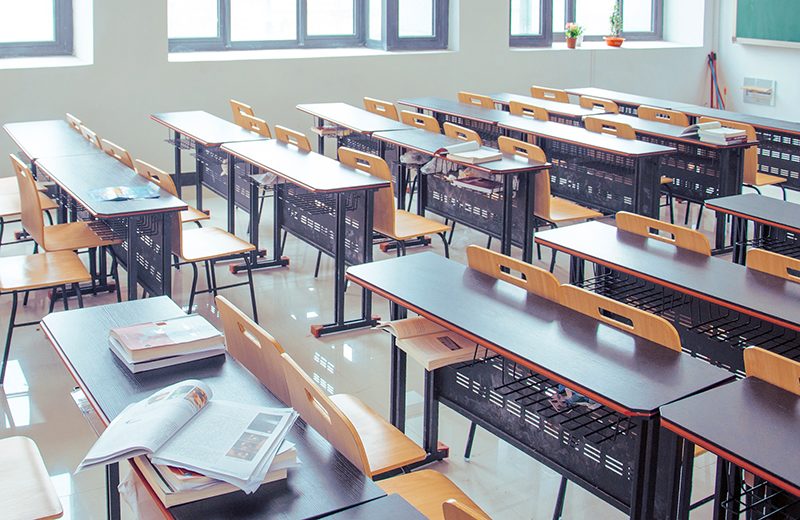
by TutorUp | Jun 30, 2020 | Parents and Family Life
Most students across the United States have experienced a shorter-than-normal school year so far in 2020. Many students haven’t stepped inside of a school since March, and aren’t sure when school will start again in the fall or what it will look like when they go back.
Different school districts had varying degrees of success with presenting online classes for their students, but the majority of schools weren’t really set up for that. It was still one teacher for a group of students, with even less time to devote to one-on-one support than normal.
A report in The New York Times showed many students falling months behind in their academic progress “with some losing the equivalent of a full year’s worth of academic gains.” The after-effects of the quarantine will continue even after in-person school resumes. “High school dropout rates could increase, researchers say, while younger children could miss out on foundational concepts in phonics and fractions that prepare them for a lifetime of learning and working.”
It has been difficult for some students to be consistently engaged in online school as some had to share access to a computer with siblings or parents who were working from home. The multi-student classroom setup with one teacher leading instruction left a lot of students bored and distracted.
How Tutoring Can Help
Private tutoring, whether online or in person, provides the one-on-one personalized instruction that students need in order to catch up. When a teacher is able to focus on one student at a time, they can quickly assess the student’s needs, design instruction around that, and deliver the kind of learning experience that best suits each child. They are also able to gauge student achievement and tie it together with student and parent goals.
Many free online activities and programs are available that can keep kids busy and involved in “educational” activity, but it is not a substitute for having a certified teacher provide individual private lessons specifically in the subject areas a student is lacking.
Not All Tutoring Services are the Same
As parents struggle with their own work/home demands, and worry about the lost opportunities for learning that their children have suffered due to school shutdowns, more parents are turning to private tutoring to close the gap. Tutoring as a whole has been growing in popularity worldwide, but the introduction of the COVID-19 quarantine has caused demand to explode. As a result, many services are available for parents to consider, but not all private tutoring is the same.
At TutorUp, all of our tutors are certified, experienced, background-checked teachers. Teachers are trained to assess, create lessons, employ multiple teaching methods, motivate, adapt, and evaluate. Besides being subject matter experts in the field and grade level they are certified in, teachers have a commitment to student success. All sessions, whether online or in person, are individualized and provide the kind of one-on-one attention and support parents expect from private tutoring.

